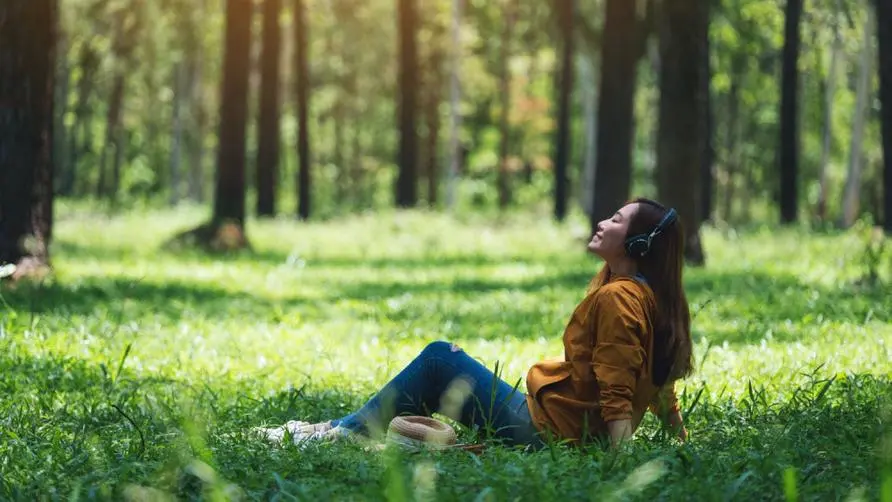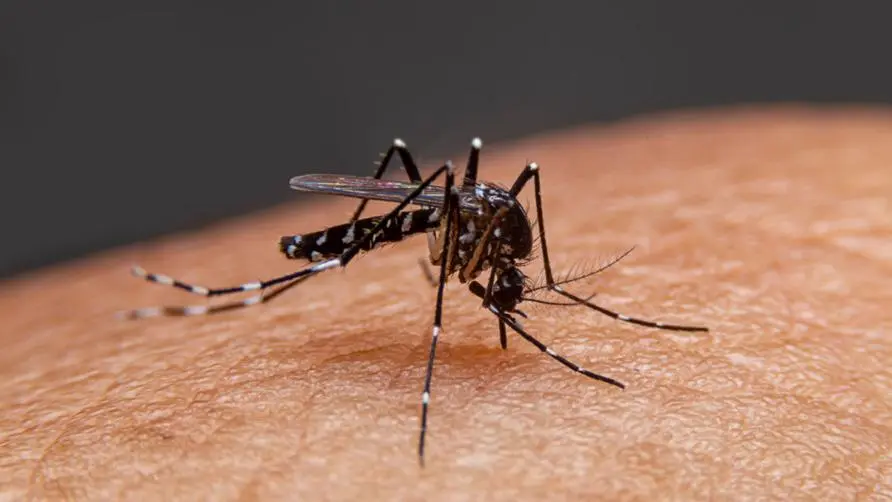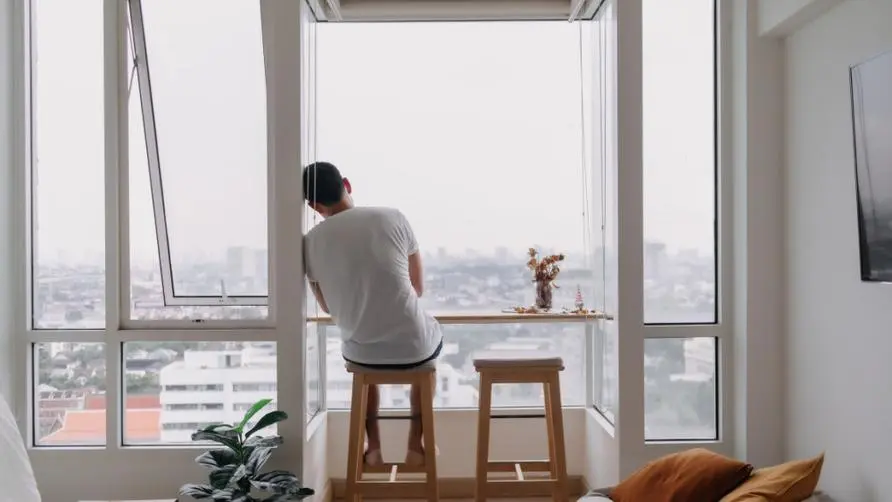Taiwanese study: Increased green space is related to reduced risk of bipolar disorder! Experts say the prevalence rate could drop by at most 50%

Is the proportion of green space near a home associated with a reduced risk of mental illness? A research team from the Department of Surveying and Spatial Informatics of National Cheng Kung University published the latest study on green spaces and bipolar disorder in the international journal Health & Place on August 16, showing that the proportion of medium and high proportions of green spaces In urban and rural areas, the likelihood of residents suffering from bipolar disorder can be reduced by more than 50%.
Increased green space linked to reduced risk of bipolar disorder? Taiwan study: The prevalence rate can be reduced by up to 51%
The research was initiated by Associate Professor Wu Zhida from the Department of Surveying and Spatial Informatics at National Cheng Kung University, and Assistant Professor Li Xiaoyun from the Department of Leisure Industry and Health Promotion at the National Taipei University of Nursing and Health. The study is the first in Taiwan to combine satellite telemetry, machine learning and database statistical analysis with the aim of quantifying the burden and benefits of green spaces on bipolar disorder.
The study results mentioned that compared with urban and rural areas with a low proportion of green space, urban and rural areas with a medium proportion and a large proportion of green space can reduce the possibility of bipolar disorder by 21% and 51% respectively. In addition, the study also specifically calculated the disability and productivity loss (DALY) caused by bipolar disorder, and found that increasing the proportion of green space can reduce the DALY loss related to bipolar disorder by 10.97%, and increase productivity-generated income by 11.04%. The results of this Taiwanese study provide the first direct evidence to support the value of urban greening to people’s mental health.
The effect of green space is not only to increase Phytonol! Experts: On average, each person will lose 6.1 years of life lost
In addition, the study also found that the green space ratio in various towns across Taiwan is significantly negatively correlated with the incidence of bipolar disorder. Taiwan’s current green space ratio reduces the loss of healthy life span by 6.1 years on average for each person. Assuming that people can live and work normally as a result, it will bring an output value of US$2.127 million.
Associate Professor Wu Zhida said that the two major indicators of “disability adjusted person-years” and “income” are used to quantify the health benefits of green spaces. Disability-adjusted person-years are often used to represent the health and life lost due to disease. According to the research team’s satellite telemetry data, in 2013-14, the green space ratio of 50 towns in Taiwan did not meet the World Health Organization (WHO) recommended standard, which is that there should be at least one green space larger than 0.5 hectares within a radius of 300 meters around a home.
Even so, when converted to the benefit of Taiwan’s total population, Taiwan’s current green space ratio can reduce the healthy life span lost due to bipolar disorder by an average of 6.1 years per person. The study also estimates that if the green space ratio in these 50 towns meets the standards recommended by the WHO, the life expectancy and economic benefits of green space on bipolar disorder will be further increased by 10%. Associate Professor Wu Zhida also reminded that the study was based on Taiwan-wide data analysis and found a statistical correlation, but it could not directly connect the green space ratio in each township and the incidence of bipolar disorder.
Forest green space significantly affects mental health? Artificial green space landscape also has a relaxing function
Assistant Professor Li Xiaoyun added that the results of this study alone cannot be used to infer that having more green spaces in towns and villages has nothing to do with suffering from bipolar disorder; and the study did not include “family history”, an important cause of bipolar disorder. Overall, green space is not the only factor that affects bipolar disorder. Research can only show that increased green space may reduce the risk of bipolar disorder. This study uses the international disability-adjusted person-year indicator. In the future, if Taiwan can develop a Taiwanese disability-adjusted person-year indicator based on local data, it will be more consistent with the actual situation.
However, Distinguished Professor Liu Wanyu of the Department of Forestry at National Chung Hsing University still said that forest green spaces can affect mental health through different channels and mechanisms. For example, natural plants can emit phytoncides and other healthful volatile organic compounds through physiological mechanisms. In this way The effect is something that artificial landscape cannot achieve. On the other hand, if artificial landscapes are used properly, they can also create a beautiful and natural forest ecological appearance, allowing people to relax and restore their attention when entering or viewing the environment.
Li Zhengda, director of the Department of Community Rehabilitation and Psychiatry at Taipei Veterans General Hospital, pointed out that it is worthy of follow-up observation that the proportion of green space used in this study cannot directly represent each resident’s usage rate of green space and their interest in green space. The actual feelings of bipolar disorder; and the clinical manifestations of bipolar disorder are very complex, and there are many classifications. Some cases of mood disorders are actually “depression” rather than “bipolar disorder”. The causes behind different diagnoses are different, and future research can clarify it more carefully. Whether actual exposure to green space will significantly affect mood-related diseases.
source:
Extended reading: “Living by the sea” is really healthier! A study from 15 countries reveals that residents living near the sea are 37.5% healthier





